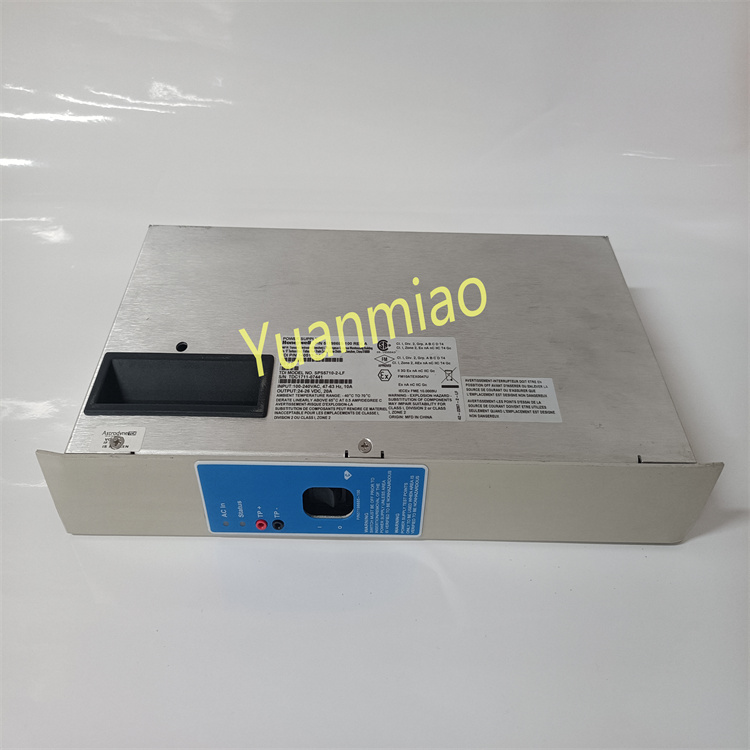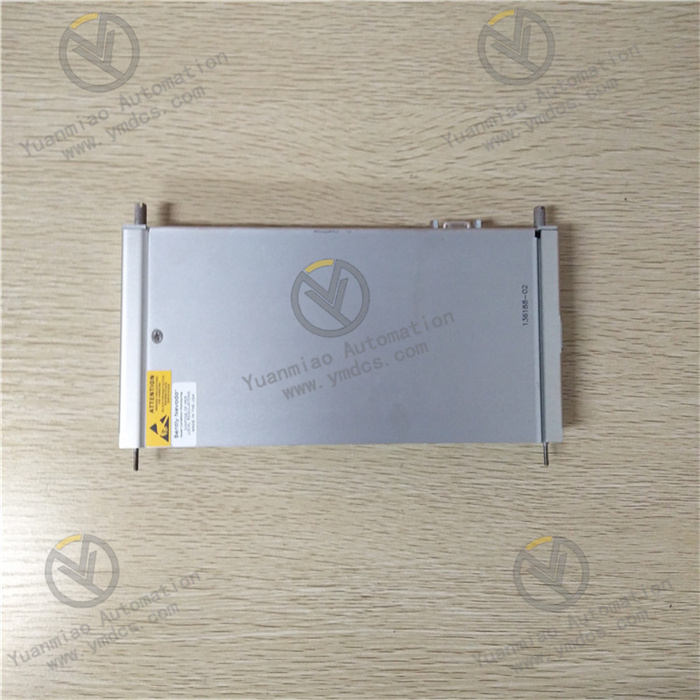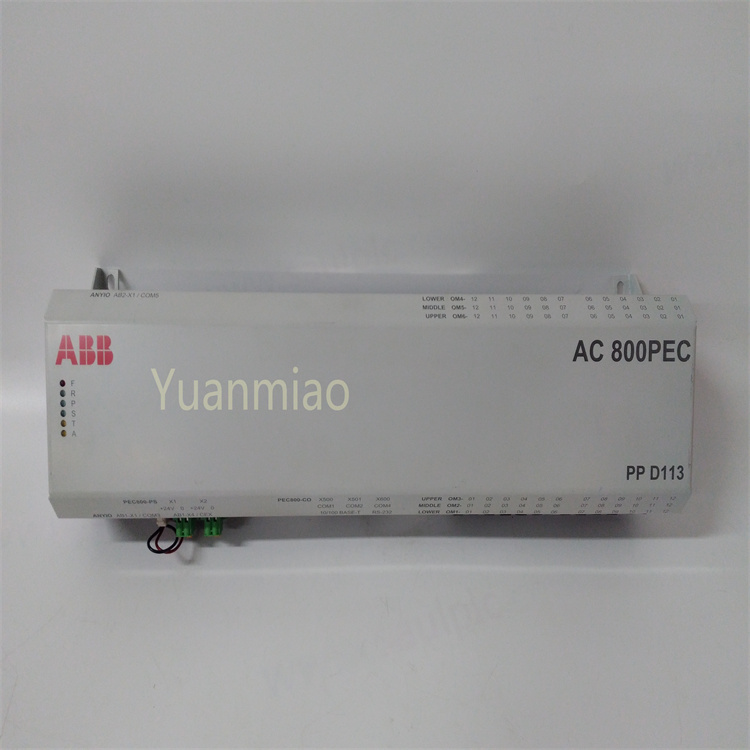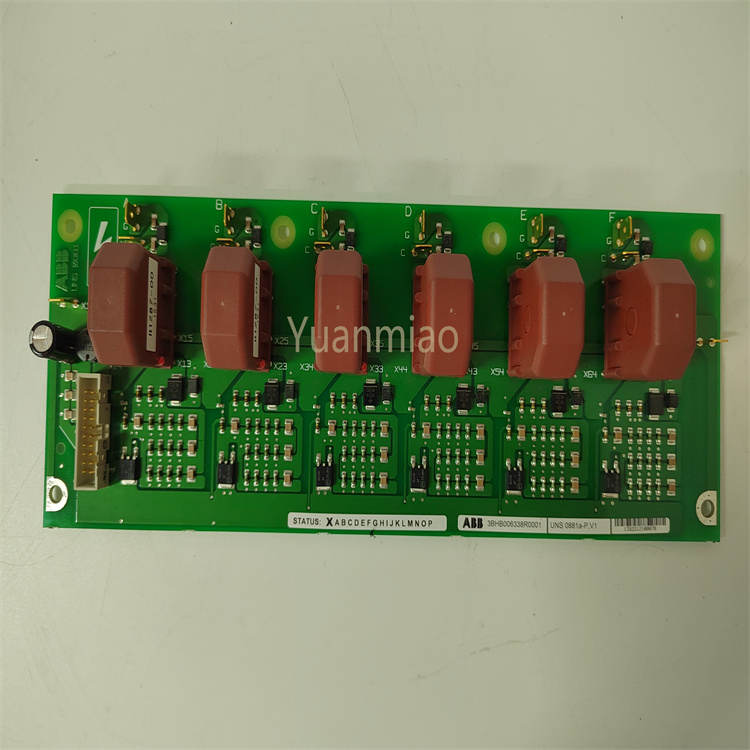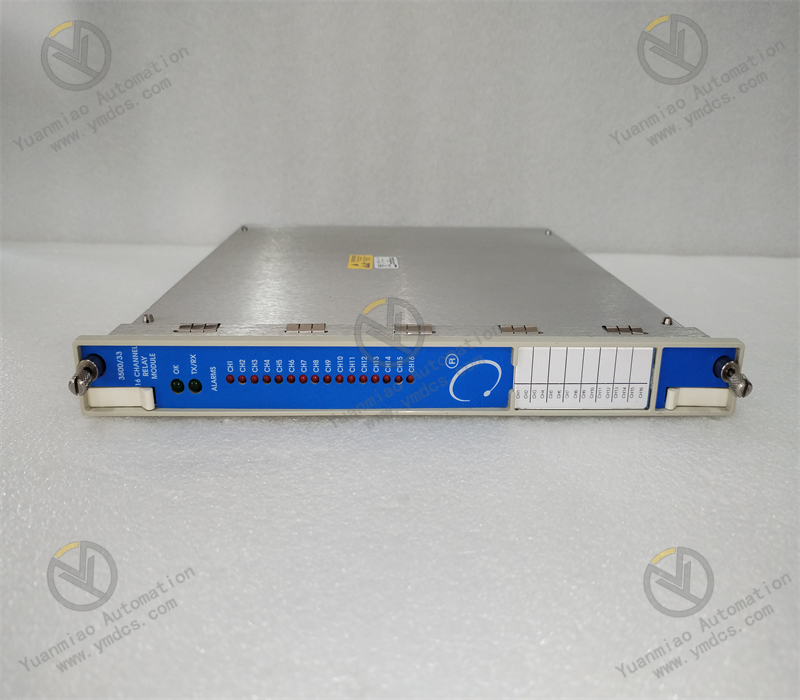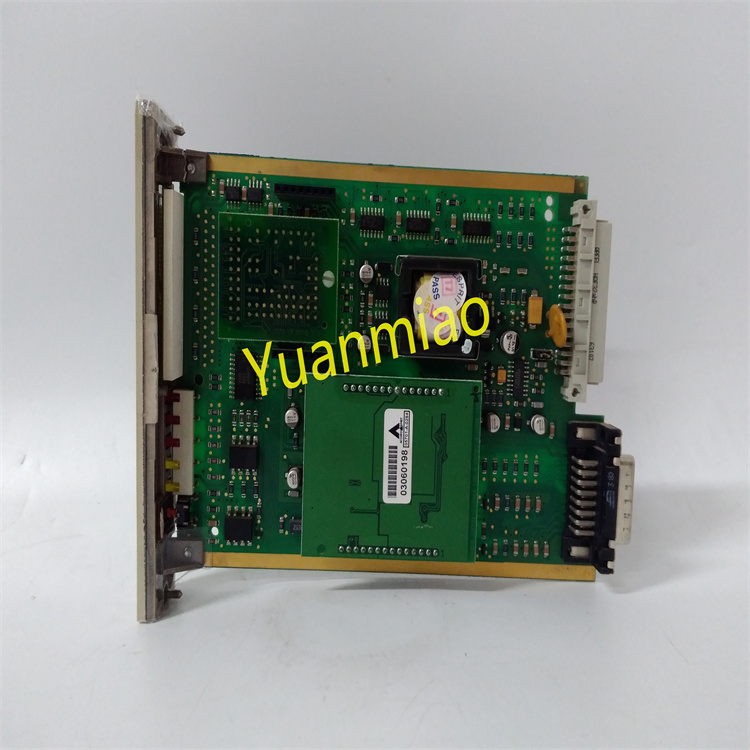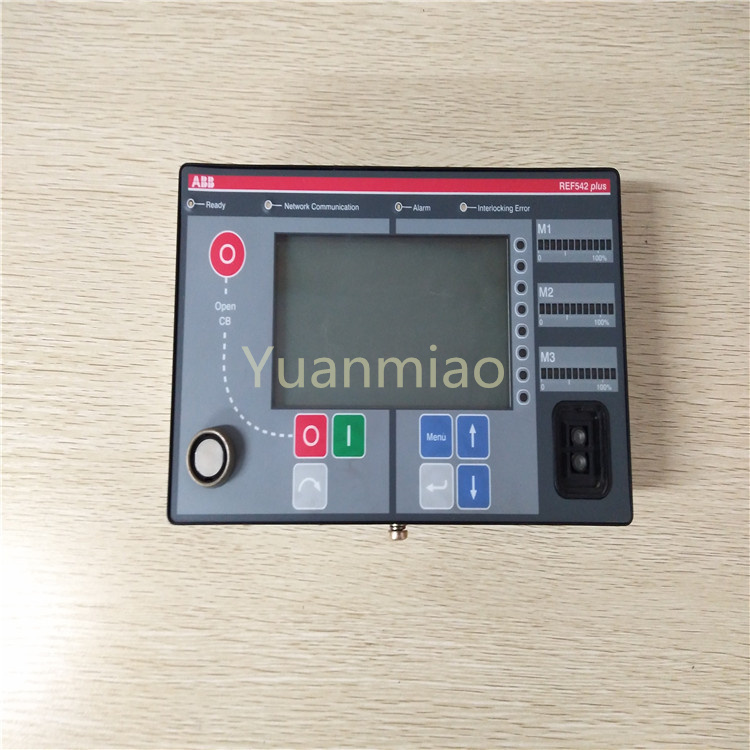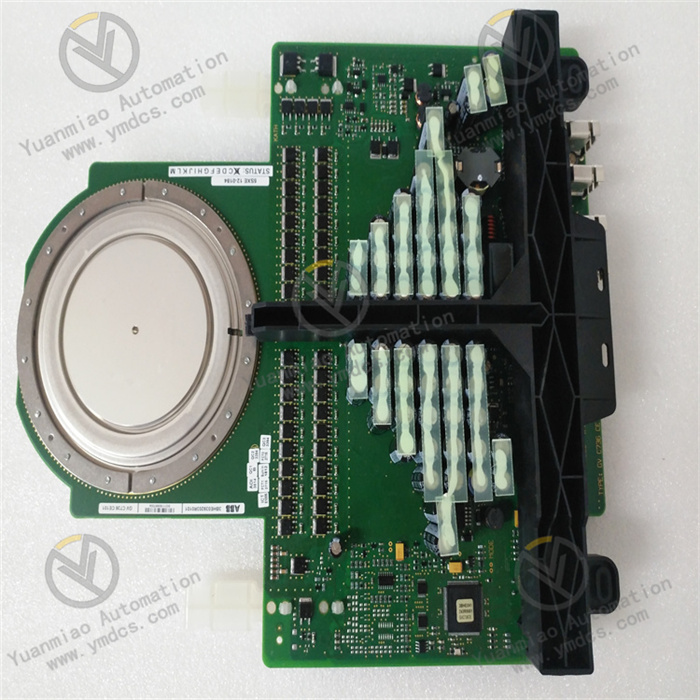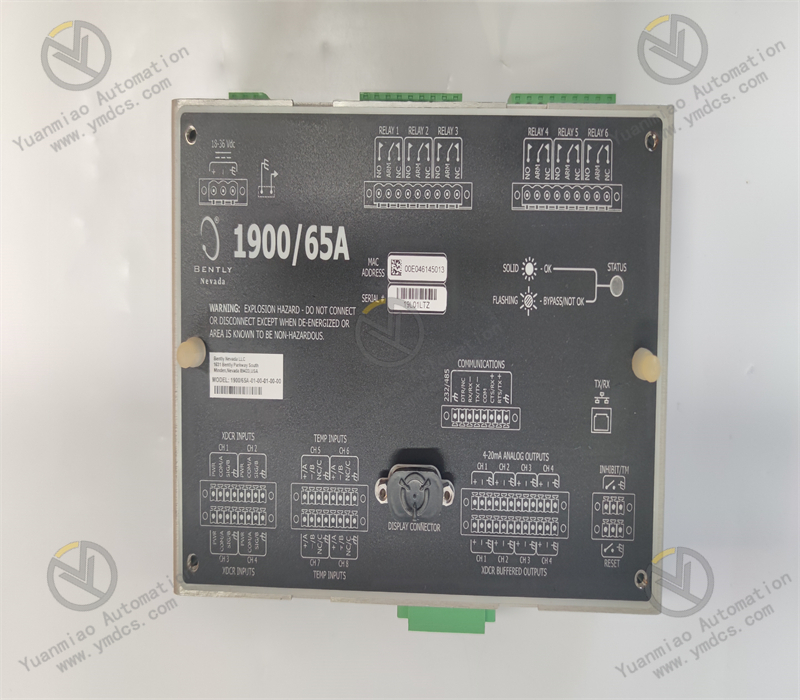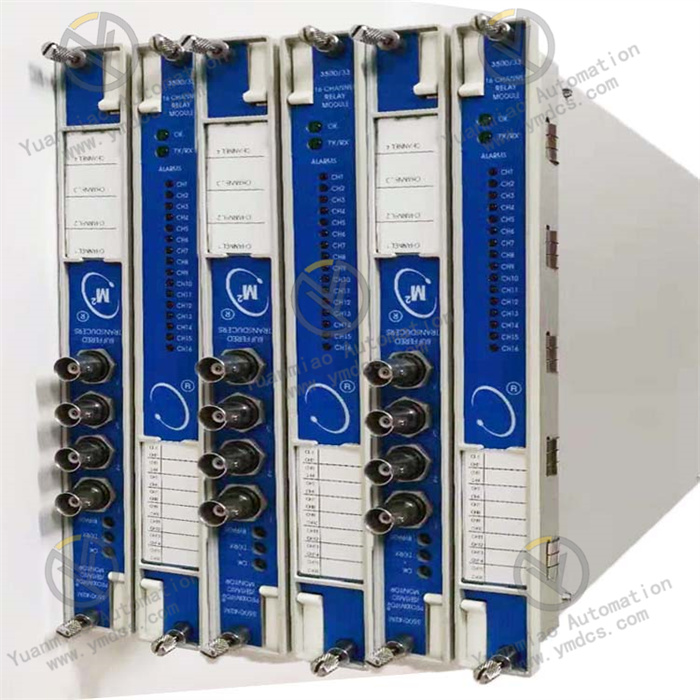Description
Honeywell CC - PDIL01 is a digital input module mainly used in Honeywell's control systems, especially in Experion® PKS (Process Knowledge System) and other Honeywell DCS (Distributed Control System) platforms. Functional Features: Signal Processing: It is used to connect digital devices and sensors, and can receive binary or digital signals from field devices and process these signals in the control system. It is crucial for applications that require monitoring and processing of discrete on/off or open/closed signals. Channel Configuration: Usually, it has 32 input channels, and each channel can independently monitor digital signals, allowing the connection of multiple field devices, which can meet the digital signal input requirements in various industrial scenarios. Electrical Isolation: Using optoelectronic isolation technology, electrical isolation is achieved between each input channel, other channels, and the common terminal. The isolation voltage can reach 1500V AC rms or ±1500V DC, effectively preventing the mutual influence of noise and interference between channels and ensuring the accuracy and stability of data.
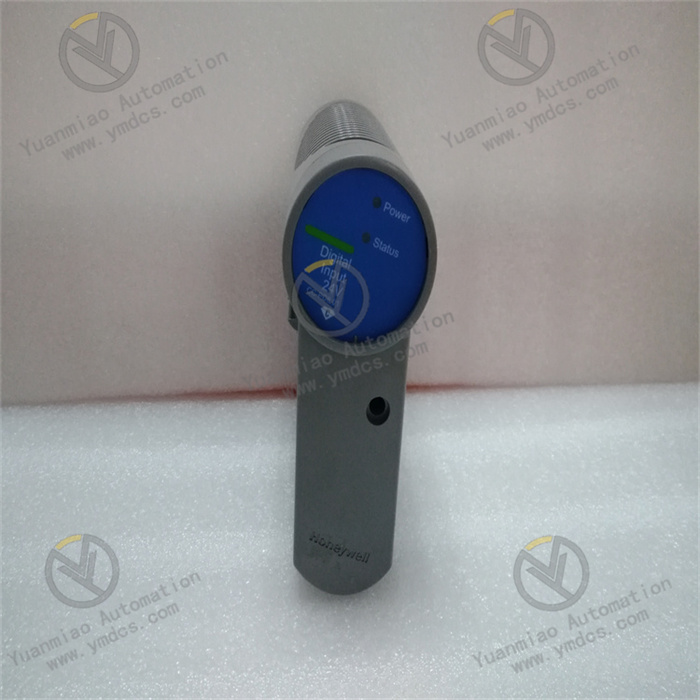
Technical Parameters: Power Supply Voltage: The operating power supply voltage range is 18 - 30V DC, with good power adaptability. It can adapt to a certain degree of voltage fluctuation and ensure stable operation under different power supply conditions. Input Characteristics: The input impedance is 4.2kΩ. The conduction detection voltage/current is a minimum of 13V DC or 3mA, and the turn-off detection voltage/current is a maximum of 5V DC or 1.2mA. The absolute delay (after the input filter and isolation) is 5ms±20%. Under the condition of ensuring conduction, the maximum field resistance is 300Ω@15V DC; under the condition of ensuring turn-off, the minimum field resistance is 30kΩ@30V DC. Application Areas: Process Control Systems: In the process control of industries such as chemical, petroleum, and power, it is used to collect the digital status signals of field devices, such as the open/closed status of valves, the running/stopping signals of pumps, etc., providing basic data for process control to achieve precise monitoring and automated control of the production process. Manufacturing Automation Systems: In the automated production lines of industries such as automobile manufacturing and electronics manufacturing, it can be connected to various sensors and actuators, such as photoelectric sensors, proximity switches, and solenoid valves of cylinders, etc., to achieve the status monitoring and action control of each station on the production line, ensuring the efficient and stable operation of the production line. Building Automation Systems: It is used for the status monitoring and control of equipment in intelligent buildings, such as air conditioning systems, lighting systems, and security systems. For example, it monitors the open/closed status of doors and windows, the on/off status of lighting fixtures, etc., to achieve the automated management of building equipment and energy optimization. Energy Systems: In the fields of energy production and distribution such as electricity, petroleum, and natural gas, it can collect the digital signals of equipment such as generator sets, oil pipelines, and gas storage tanks, and is used for monitoring the operating status of equipment, fault diagnosis, and remote control to ensure the safe and reliable operation of the energy system. Water Treatment Systems: In water treatment facilities such as waterworks and sewage treatment plants, it can be connected to the digital signals of various equipment such as valves, pumps, and flow meters, etc., to achieve the automated control and monitoring of the water treatment process and ensure the stable supply of water quality and quantity.
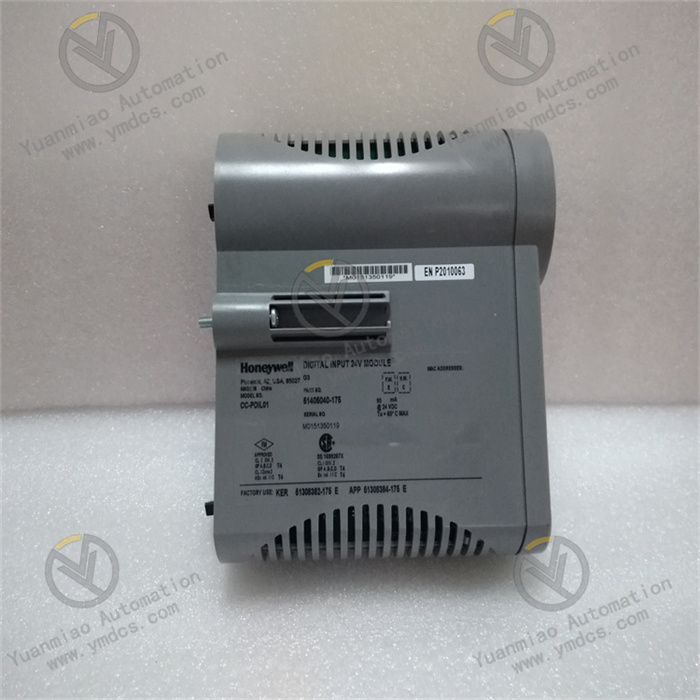
Common Faults and Solutions:
No Signal Input in the Channel: It may be due to channel damage, poor wiring, or field device failure. Check whether there are signs of hardware damage in the channel, such as overheating of the chip, swelling of the capacitor, etc. If so, the module needs to be replaced; check whether the wiring is firm, whether there are open circuits or short circuits, and reconnect or replace the cable; check whether the field device is working properly, such as whether the sensor is powered normally and whether the output signal is correct.
Signal Misjudgment: It may be due to electromagnetic interference, power supply fluctuations, or improper parameter settings. Keep the module away from strong electromagnetic interference sources, such as large motors and frequency converters, or use shielded cables; use a voltage regulator to ensure a stable power supply and prevent voltage fluctuations from affecting signal judgment; check whether the input parameter settings of the module, such as the threshold value and filtering time, are matched with the field device, and adjust the parameters according to the actual situation.
Module Communication Fault: It may be due to communication protocol mismatch, communication cable failure, or module firmware problems. Confirm whether the communication protocol settings between the module and the control system are consistent. If not, reconfigure them; check whether the communication cable is damaged. If so, replace the cable; try to update the firmware of the module to the latest version to solve possible communication problems.


